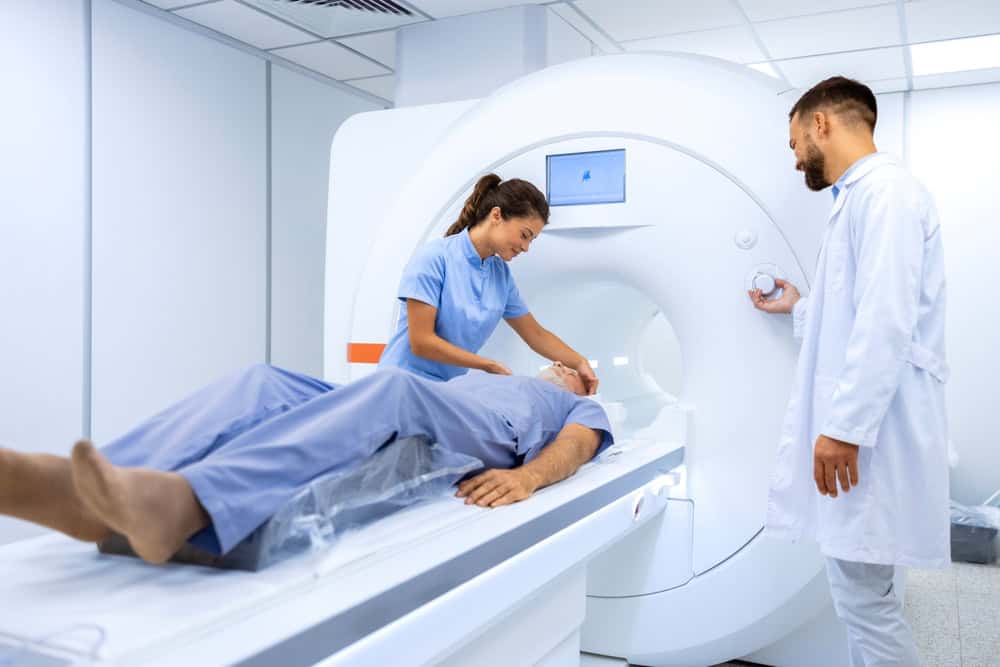Summary:
Understanding Minimally Invasive Surgery (MIS) Concepts
Minimally Invasive Surgery, often abbreviated as MIS, refers to surgical techniques designed to achieve the same goals as traditional open surgery but through much smaller incisions and with less disruption to surrounding muscles and tissues. Instead of a large opening, MIS typically involves small incision surgery, sometimes only requiring keyhole-sized entry points. Surgeons utilize specialized instruments and often rely on advanced visualization methods, such as tiny cameras (video-assisted surgery) or real-time X-rays (image-guided surgery), to see the surgical area. The core principle of minimal access surgery is to treat the underlying problem while minimizing trauma to the patient’s body, reducing surgical impact.
Key Benefits Contributing to MIS Effectiveness
The positive likelihood for MIS in pain management stems from its benefits compared to traditional open approaches. Because minimal access surgery involves less cutting and retraction of muscles and soft tissues means patients experience less blood loss during the procedure and less pain immediately after surgery. The smaller incisions result in smaller and less noticeable scars. Reduced tissue trauma often translates to shorter hospital stays and, perhaps most importantly for many NYC residents, a potentially faster recovery period and quicker return to work and daily activities. These combined advantages lead to the overall experience for suitable candidates.
Conditions Often Treated Effectively with MIS Techniques
Minimally invasive techniques are frequently employed for spine-related conditions that cause pain. Common examples include treating herniated discs through minimally invasive discectomy or microdiscectomy. Spinal stenosis, a narrowing of the spinal canal causing nerve pressure, can often be addressed with minimally invasive decompression procedures like laminectomy or foraminotomy. Certain types of pain originating from arthritic facet joints may be treated using percutaneous surgery techniques like radiofrequency ablation (rhizotomy). Some spinal fusions can also be performed using MIS approaches, potentially reducing recovery time compared to traditional fusion methods.
Want live answers?
Connect with a NY Spine Medicine expert for fast, friendly support.
Factors Influencing MIS Success and Effectiveness
While highly potent, it’s important to understand that the success of minimally invasive procedures depends on several factors, as there is not a “miracle pill” for every patient or condition. Accurate diagnosis of the pain generator is the prerequisite. The condition being treated must be amenable to an MIS approach. Patient factors, such as health and anatomy, also play a role. Critically, the skill and experience of the surgeon in performing specialized minimally invasive procedures are responsible for achieving outcomes. A thorough evaluation by a specialist is necessary to determine if MIS is the most appropriate and likely beneficial option.
The Technology and Techniques Behind MIS Procedures
The ability to perform complex surgery through small openings relies on advanced technology. Endoscopes and arthroscopes—thin tubes with lights and cameras—provide visualization inside the body. Tubular retractors gently hold muscles aside, creating narrow working channels instead of large muscle dissections. Specialized instruments are designed to fit through these small access points. Image-guided surgery, using tools like fluoroscopy (real-time X-ray) or computer navigation systems, allows surgeons to precisely track instruments and implants during small incision surgery for accuracy and safety during minimal access surgery.
Recovery and Pain Management After MIS
Recovery after minimally invasive procedures differs from open surgery. Patients frequently report less immediate post-operative pain due to the reduced tissue trauma. This may allow for earlier mobilization—getting up and walking sooner—and a decreased need for strong pain medications during the initial recovery phase. However, following the surgeon’s specific post-operative instructions, including activity restrictions and participation in physical therapy when recommended, remains essential for long-term pain relief.
Is MIS the Right Choice for Your Pain Management in NYC?
So for carefully selected patients with specific conditions, MIS can be highly effective, offering pain relief with benefits like less post-operative discomfort, smaller scars, and faster recovery times compared to traditional open surgery. The availability of specialized surgeons and advanced facilities in NYC makes these options accessible. However, effectiveness depends on individual diagnosis and compatibility. An evaluation and discussion with a spine specialist are necessary to determine it. Contact NY Spine Medicine to explore your pain condition and learn if minimally invasive procedures may be the right treatment option for you in New York City.





